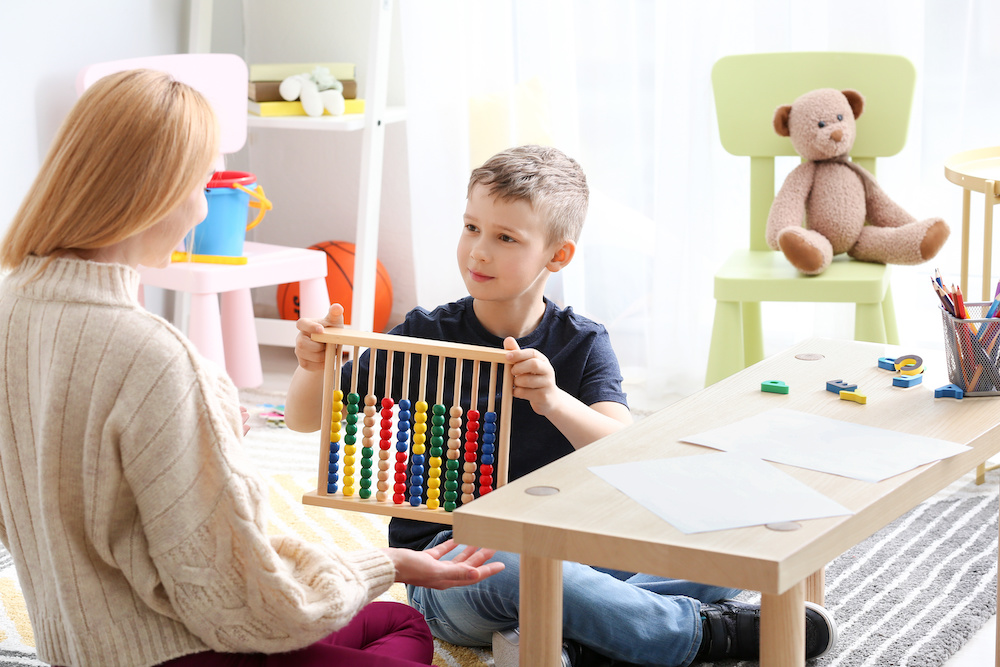

Stephanie Phillips
Stephanie Phillips was a practising paediatric dentist in America until seven years
ago, when her husband's work moved their family to Sydney. She is the mother to
two boys, one in high school and one in primary school, one neurodivergent and one
neurotypical. She has co-written a memoir, writes for various websites, and is
currently working on an academic paper in the hope of becoming a linguist and
creating a more inclusive world for people with all types of brains.
Having an autistic son transformed me into an advocate, a role hard to escape when you realise that the world was not built for neurodivergent people. This means that they are constantly struggling through their own processing differences when those differences are not accommodated. All of which begs the questions: what are those processing differences, and what does it mean to accommodate them?
Once I dove into literature produced by neurodivergent people and began to understand the specific ways their brains work differently, I couldn’t believe how simple it would be to explain these differences to parents and teachers in a way that engendered both understanding and, consequently, empathy–both of which drive change. It’s the desire to create this change that energises my advocacy.
I typically give two examples when describing autistic processing, whether it be to children, parents, or teachers, because both examples are relatable. One example is a smiling face emoji. I ask my audience what they see, and when they answer, I ask them how they knew–which leads to responses like “I just did.” I then tell them that their brain processing allowed them to instantly recognise the emoji because neurotypical processing is simultaneous, meaning that (in this case) an image is immediately recognised from the sum of its components. For autistic brains, the process is different, and more sequential. Each component of the image is recognised individually–colour, shape, eyes, smile, etc–then these recognitions are joined together like puzzle pieces to create recognition of the whole. This means that recognition happens on a delay. There is no difference in intelligence when it comes to simultaneous vs sequential processing, just timing. But sequential processing means that autistic brains are always working harder and more thoroughly, which can be quite overwhelming and tiring.

The other example I use compares typical brains to volume controls, and divergent brains to power (on/off) switches. Typical brains can filter sensory information such that unnecessary information is filtered out, but divergent brains don’t have this filter system (the technical term for which is habituation), so they are constantly enduring an onslaught of stimuli that typical brains block out–sounds, smells, sensations, lights–and when this information becomes too overwhelming, they shut down, which behaviourally can take the form of anything from zoning out/appearing unresponsive, to melting down.
Recognising these differences allows teachers and parents the opportunity to set up an environment that allows space for these processing differences to exist before behavioural issues arise, rendering intervention unnecessary or infrequent. Giving these children more time to complete activities, providing visual schedules and cues, providing softer lighting/music, preventing strong smells (like cleaning supplies), allowing children to stick to foods that they find comforting, etc. These measures are known as accommodations and are simple ways to prevent neurodivergent kids from feeling overwhelmed in their own environment.


When differences are accommodated, these kids don’t get to the point of feeling overwhelmed, which is usually what drives behavioural responses that create difficulty in the classroom. Setting up an inclusive environment recognises the needs of neurodivergent kids and guarantees their best chance to succeed–which every child deserves. Not to mention that such accommodations are typically helpful for neurotypical kids as well!
In addition to accommodations, though, parents and teachers can set their neurodivergent kids up for success by focusing on their strengths and giving them roles that emphasise these strengths. Because of sequential processing, these kids are hyper-aware of detail and changes in the environment. Such attention to detail can be a real asset in the classroom for set-up and take-down activities, for example.
Accommodating and recognising the unique differences and contributions of neurotypical students is a win for everyone.
If you’d like to learn about Talent Now, you can read more. Or if you’d like to download our free app and give it a try, you can find it on the Apple Store or Google Play.





